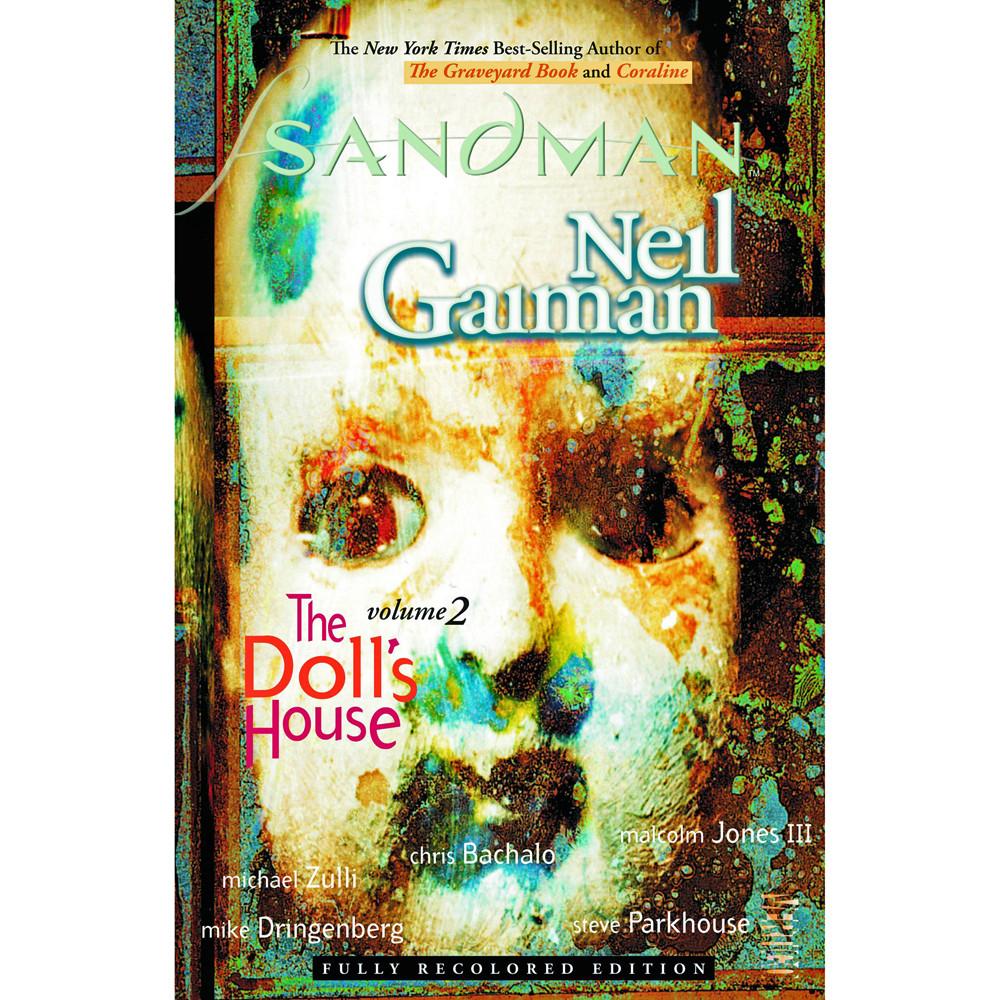Comic Book Review: The Sandman, Vol. 2: The Doll’s House written by Neil Gaiman, art by Mike Dringenberg & Malcolm Jones III
In the mid to late 1980s, DC started to have a “British Invasion”, bringing over several talented British authors that had new perspectives on the DC universe characters. One of these creators was Neil Gaiman. He had an idea for a long but finite story involving the nature of stories and dreams. While it had its roots in previous DC comics, most of the characters would be new, and Mr. Gaiman wanted to make sure they couldn’t be used by other authors without his permission. And under new management, DC agreed.

The premise was that evil cultists wanted to imprison the personification of the concept of Death, but wound up with Dream instead. As a result, the dreamworld got messed up with bad effects on Earth for decades. In the first volume, Dream escaped from his confinement, punished some miscreants, and reclaimed his power.
In this volume, Dream looks for some escapees from the Dream Realm, a girl named Rose Walker discovers her secret heritage and searches for her long lost brother, and Desire sets a trap for Dream.
In addition, there are seemingly one-off stories about the only woman Dream truly loved, and a man named Hob Gadling who refuses to die.
The good: After an uneven start, Neil Gaiman had hit his stride and artfully calls back to previous DC material while also setting up details that won’t pay off for many issues. The art works very well.
There are great concepts in here, like the dream location that’s disguised itself as G.K. Chesterton, the serial killer convention, and the danger of a dream vortex.
Less good: Neil Gaiman was a pioneer in writing about gender, sexuality and trans issues in relatively mainstream comic books. As such he was more bold than nuanced; both he and the general audience have learned a lot more about these issues in later decades. As such, some of the material can come across as offensive and wrongheaded even though it was meant well.
(And Dream has to face his own issues about not being able to keep up with the times and being terrible to people.)
This is a mature readers comic, and that means a lot of content issues, with perhaps the most stressing being child abuse. I’d recommend for no lower than mature senior high school students.
This was an ambitious series, and one of the top comic books ever, so highly recommended for a mature audience.

